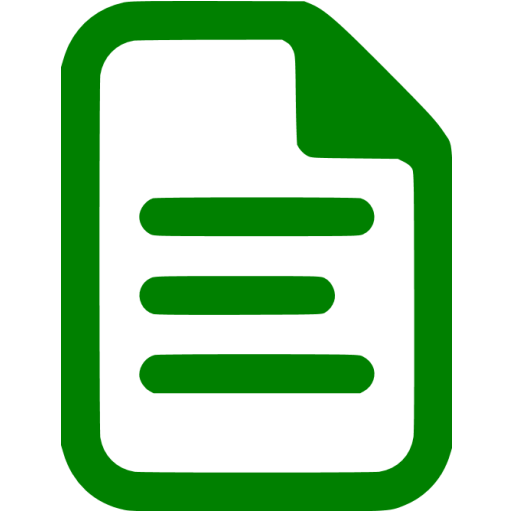

- Illustraot document info how to#
- Illustraot document info mac os x#
- Illustraot document info windows#
For formats of Dia, XFig, or Sketch, you need to have those programs installed.
Illustraot document info how to#
For importing PostScript or EPS, please see How to open EPS files in Windows. With the help of extensions, Inkscape can open a number of other vector formats. And, as of version 0.91, Inkscape can import CDR (CorelDraw) and VSD (Visio) natively. Inkscape natively supports opening or importing many different formats, such as SVG, SVGZ (gzipped SVG), PDF, EPS, and AI (Adobe Illustrator) formats.
Illustraot document info windows#
Note that Windows 98/Me and 2000 are no longer supported. We know that Inkscape is successfully used on FreeBSD and other Unix-like operating systems.
Illustraot document info mac os x#
We provide source tarballs for Linux (binary packages are offered by the distributor) as well as flatpak and snap packages and a ppa for Ubuntu, packages for Windows (32bit and 64bit, portable app, fully self-contained installer, binary without installation), and Mac OS X (DMG, also MacPorts, Homebrew provided by community members). For more information, see About SVG below. Its acceptance has grown fast! Most, if not all, vector editors can import and export SVG, and all modern browsers (including IE, starting with IE9) can display it directly, i.e. Scalable Vector Graphics (SVG) is an open, industry-standard XML-based format for vector graphics developed by the W3C. An imported raster images becomes yet another object in your vector graphics, and you can do with it everything you can do to other kinds of objects (move, transform, clip, etc.). Note that Inkscape can import and display raster images, too. Raster graphics tend to be better for photographs and some kinds of artistic drawings, while vectors are more suitable for design compositions, logos, images with text, technical illustrations, etc. Each has its own purpose and is useful for different kinds of things.

Vector graphics are a complement, rather than an alternative, to raster graphics. A rasterization engine uses this information to determine how to plot each line and curve at any resolution or zoom level.Ĭontrast that to raster ("bitmap") graphics, which is always bound to a specific resolution, and stores an image as a grid of pixels. Vector graphics is a resolution-independent description of the actual shapes and objects that you see in the image.
In contrast to raster (“bitmap”) graphics editors such as Photoshop or GIMP, Inkscape stores its graphics in a vector format. What sets Inkscape apart is its use of Scalable Vector Graphics (SVG), an open XML-based W3C standard, as the native format. Inkscape is an open-source vector graphics editor similar to Adobe Illustrator, Corel Draw, Freehand, or Xara X.


 0 kommentar(er)
0 kommentar(er)
